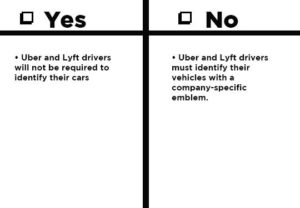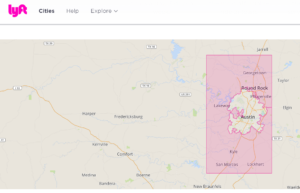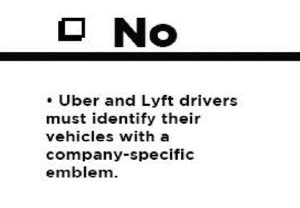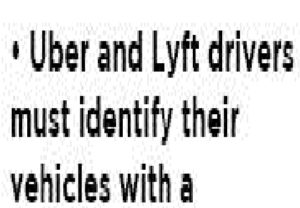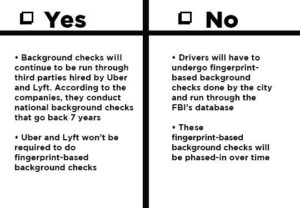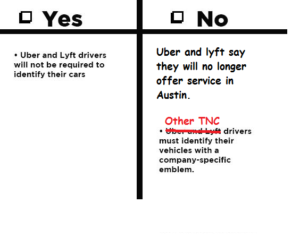An awful lot of people parroted the same talking points supported by your cards (i.e. the large print) in your ‘explainer’ article and ignored statements from uber and lyft to the contrary (only stated as “The companies say they cannot operate […]” in the small text).
What do I mean?
Here’s one example of your explanation of what a yes/no vote would mean:
Note that both side of the card start with Uber and lyft will.
Huh. Here we are immediately after the election, and what happened?
But wait. That can’t be right! Let’s look at KUT’s card again. Maybe we read it wrong.
Wait, it still seems to say that if we voted NO, Uber and lyft drivers would be forced to do the things that we want.
Wha’ happen, KUT?
Hey KUT! It’s not that difficult, really! I showed you this before the election, remember.
Card 1:
BAD:
GOOD:
Card 2:
BAD:
(Bad – implies that uber and lyft will stay, and will pay. An honest version of this would say “Uber and lyft will leave. Other TNCs will pay […]”).
(A different card): Card 3:
GOOD:
(Did I show these to KUT well before the election? What do you think?)
Note: In 2017, when this came up again, and I had to repair this page from the Great Pharma Hack Of 16, I noticed that card 2 and card 3 weren’t actually the same card. Sorry. I think it’s still clear enough what the issue was with each).
